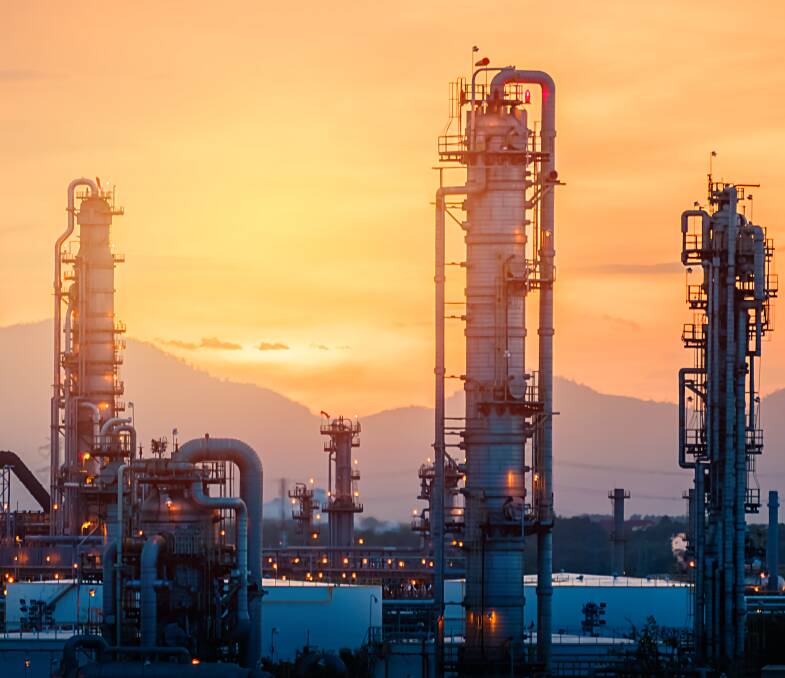
A constellation of problems - some foreseeable, some not - have landed the eastern half of Australia with skyrocketing electricity costs and no clear solution just as a colder and wetter-than-usual winter hits.
Subscribe now for unlimited access.
$0/
(min cost $0)
or signup to continue reading
At the centre of the fray is gas (sometimes called natural gas, or fossil gas).
"Global gas prices are hyper-sensitive to external changes in supply like the Russia-Ukraine conflict," says Professor Ariel Liebman, director of the Monash Energy Institute.
"This, together with a cold snap and significant unexpected electricity outages, have combined into a perfect storm - pushing many small innovative electricity retailers to the wall or even bankruptcy, increasing the cost of generating electricity and resulting in stark rises in gas and energy prices."
So: what's going to happen in coming months, and - importantly - where can we expect gas to go over the next decade?
While the price shock is sudden, its causes have been building over the past decade.
"Gas is a transition resource, particularly in Australia, because we've taken so long to integrate renewables and to develop policy and market mechanisms for the integration of renewable energy," says Professor Samantha Hepburn, research director of the law school at Deakin University, and of the Centre for Energy and Natural Resource Law.
"The reason that gas is important is because as our coal generators age and retire, we're not able to ramp them up quickly."
Renewable energy is cheaper than coal (or gas), but calmer, cloudy conditions - like those we've been seeing over much of the east coast recently - mean that it can't always supply enough electricity to meet demand.
"The one big question, which has been raised and came from decommissioning of coal is, how do we replace baseload generation? And there's no simple solution to this," says Dr Alexandr Akimov, director of the Sustainable Energy Policy Cluster at Griffith University.
While batteries and offshore wind developments both have promise, gas was the cheapest and most practical option to quickly meet that demand.
"All of this sounds good if gas is there, and if it's reasonably priced - and it was reasonably priced for a long period of time," says Akimov.
Except that, now, the war in Ukraine has caused international markets to shift, making gas more expensive.
"What we are therefore seeing is a situation where supply is short; everyone's trying to grab a container or cargo of LNG," says Hepburn.
Australia is a net exporter of gas, and Western Australia has a reservation policy that requires that 15 per cent of the gas mined there must remain onshore.
The federal and state energy ministers recently met to discuss the rising energy costs.
They agreed unanimously to both grant the Australian Energy Market Operator (AEMO) the power to hold some gas in reserve, and develop a clear transition plan for the grid.
"The best immediate solution would be to pull the so-called 'gas trigger' to requisition supplies of gas intended for export," says Liebman.
"In addition, the government should also seriously consider a full gas reservation policy for the entire country, similar to the one in Western Australia and the United States."
The gas trigger (officially, the Australian Domestic Gas Security Mechanism) was introduced by the Turnbull government in 2017.
This trigger needs to be declared by October in any year and gives the government the ability to place restrictions on exports from January 1 the year following.
The federal government has ruled out pulling the gas trigger, with Bowen saying it's not the answer to a short-term crisis.
Gas is expensive, and a polluter, so there are differing opinions over whether gas has a future in the grid at all.
The decarbonisation of the grid requires even bigger investments in renewable energy and storage, extensive new infrastructure, and a clear federal plan to oversee it.
- This article is published in partnership with Cosmos Magazine. For more science-based stories visit cosmosmagazine.com

